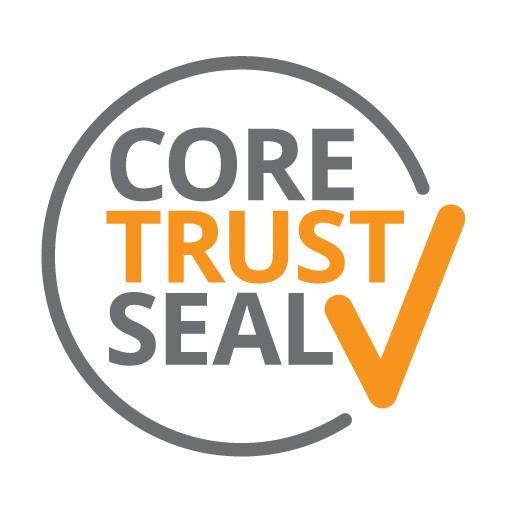Flipped learning pedagogy in higher education : a policy framework for India
| dc.contributor.advisor | Pairote Pathranarakul | th |
| dc.contributor.author | Sravat, Namita | th |
| dc.date.accessioned | 2021-03-24T10:31:29Z | |
| dc.date.available | 2021-03-24T10:31:29Z | |
| dc.date.issued | 2019 | th |
| dc.date.issuedBE | 2562 | th |
| dc.description | Thesis (Ph.D. (Social Development Administration))--National Institute of Development Administration, 2019 | th |
| dc.description.abstract | Nations need to ensure “inclusive and equitable quality education and promote lifelong learning opportunities for all,” which is Sustainable Development Goal 4 (SDG 4), as outlined by the United Nations. While digital pedagogy in various forms will be the future of education requiring adjustments in teaching and learning methodologies, India is still dependent on traditional systems of teaching, i.e. delivering lectures in class. Students need to develop life-long learning skills for the ever-changing job requirements in this fast evolving world, which requires active learning, encompassing participation from both students and the educator. One such pedagogical approach that has become popular over the past decade, and which extensively uses an active learning methodology as well as information and communication technology (ICT), is flipped learning. Traditionally, educators have given lectures in class and applying the knowledge thus acquired in real practice is entirely left to students. This needs to be “flipped”, by utilizing widely available e-learning resources and sharing lectures online in the form of audio and visual presentations prior to class, leaving more time for active learning during the class along with educators and peers. These online lectures in various forms are found to be more comprehensive, while being concise and interesting, motivating students for self-learning, thus developing life-long learning skills. At the same time, the class session facilitates active engagement and participation from all students, which is the key to augmenting knowledge without rote memorizing of topics. Considering the potential that flipped learning pedagogy has in enhancing the learning experience and outcomes of students, and with the education ecosystem being conducive to the use of ICT in India, the question addressed in this research study is “Why are educators not adopting it?” A mixed-methods approach was adopted to address the research question and research objectives. Primary data were collected through a well-structured questionnaire, along with personal interviews with educators in higher education institutes in India. It is clear from the educators’ responses in the primary data collected for this research study that a large 97% of educators in India are keen to adopt flipped learning pedagogy, but there are a few challenges that need to be addressed for successful implementation. In order to identify and validate the challenges for educators, a focus group discussion was conducted with educators from various universities across different regions in India. Altogether, eleven broad challenges were identified, which were modeled using the Total Interpretative Structural Modeling (TISM) technique. Based on this model, the management awareness and willingness of the institute are the most important factors in implementing flipped learning. A top-down approach where institutes’ management takes the lead in implementing strategies and actions to achieve this aim of implementing flipped learning pedagogy in their respective institutes would be needed. The management intervention and facilitation of needed support can address the underlying challenges identified in this study. The framework presented can help policymakers in India support the adoption of flipped learning pedagogy to greater extent. Furthermore, instead of implementing the flipped learning pedagogy in the top institutes of India, where educators are found to be rigid, having worked in a well-established education ecosystem, the strategy should be to try implementing it in upcoming institutes/universities/colleges and to use them as models of implementation. It is comparatively easy to implement something new and inovative when institutes are in their nascent stage, as they can build their policies accordingly: recruiting educators, andenrolling students with information on the teaching approach that will be used, thus making them aware of it in advance in order to avoid resistance later, building the facilities needed, developing examination systems appropriate for flipped learning, etc. Although the flipped learning concept seems to be simple and straightforward, it requires careful preparation and supportive policies. Arbitrary implementation may result in unsatisfied educators and students, resulting in its failure. | th |
| dc.format.extent | 210 leaves | th |
| dc.format.mimetype | application/pdf | th |
| dc.identifier.doi | 10.14457/NIDA.the.2019.56 | |
| dc.identifier.other | b210932 | th |
| dc.identifier.uri | https://repository.nida.ac.th/handle/662723737/5199 | th |
| dc.language.iso | eng | th |
| dc.publisher | National Institute of Development Administration | th |
| dc.rights | This work is licensed under a Creative Commons Attribution-NonCommercial-NoDerivatives 4.0 International License. | th |
| dc.subject | e-Thesis | th |
| dc.subject.other | Education, Higher -- India | th |
| dc.subject.other | Higher education and state -- India | th |
| dc.title | Flipped learning pedagogy in higher education : a policy framework for India | th |
| dc.type | text--thesis--doctoral thesis | th |
| mods.genre | Dissertation | th |
| mods.physicalLocation | National Institute of Development Administration. Library and Information Center | th |
| thesis.degree.department | School of Public Administration | th |
| thesis.degree.discipline | Development Administration | th |
| thesis.degree.grantor | National Institute of Development Administration | th |
| thesis.degree.level | Doctoral | th |
| thesis.degree.name | Doctor of Philosophy | th |

